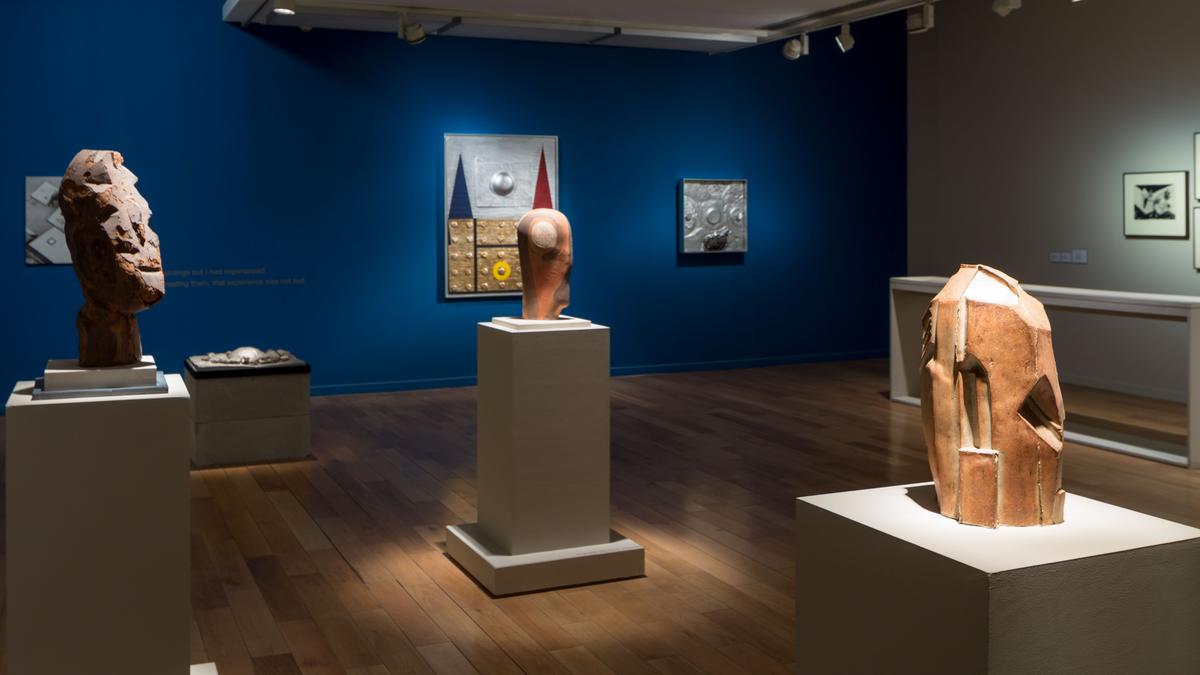Late last year, Amitava Das held a solo show in New Delhi, In Another Time That Is Now, featuring a wide range of works spanning his career — from early pieces dating back to the 1960s to more recent works created in 2015. The show was held in collaboration with Shrine Empire Gallery and Art Exposure Gallery. This March, Subcontinent, an art gallery in Mumbai’s Fort district, opened its doors with a show of the late Haku Shah’s work, highlighting seven decades of his artistic journey. “Frequently told stories form the mainstream narrative. Our focus is on overlooked art histories,” says Keshav Mahendru, co-founder of the gallery.
An ‘Untitled’ Amitava Das pen and ink on paper (1992) at Shrine Empire
Haku Shah’s Jekare Angane Naurangiya (2002) at Subcontinent
| Photo Credit:
Ryan Martis
While the last decade has seen an unprecedented focus on emerging and early-career visual artists — with the launch of opportunities such as residencies and scholarships, new awards and grants, and even galleries looking to induct fresh talent to their respective rosters — there has been a recent shift across institutions and the commercial gallery ecosystem. There is now an active interest in exhibiting established and late-career artists. From retrospectives to large exhibitions, galleries are celebrating senior artists, whether they are retired, still in practice or even deceased. What is driving this departure? We speak to leading museums and galleries.

“Amitava’s visual language is philosophical, poetic, and introspective, like that of many artists we work with, especially those whose practices reflect memory, perception, and the human condition”Anahita TanejaCo-founder, Shrine Empire Gallery. Das is the first artist of his generation to be represented by them.
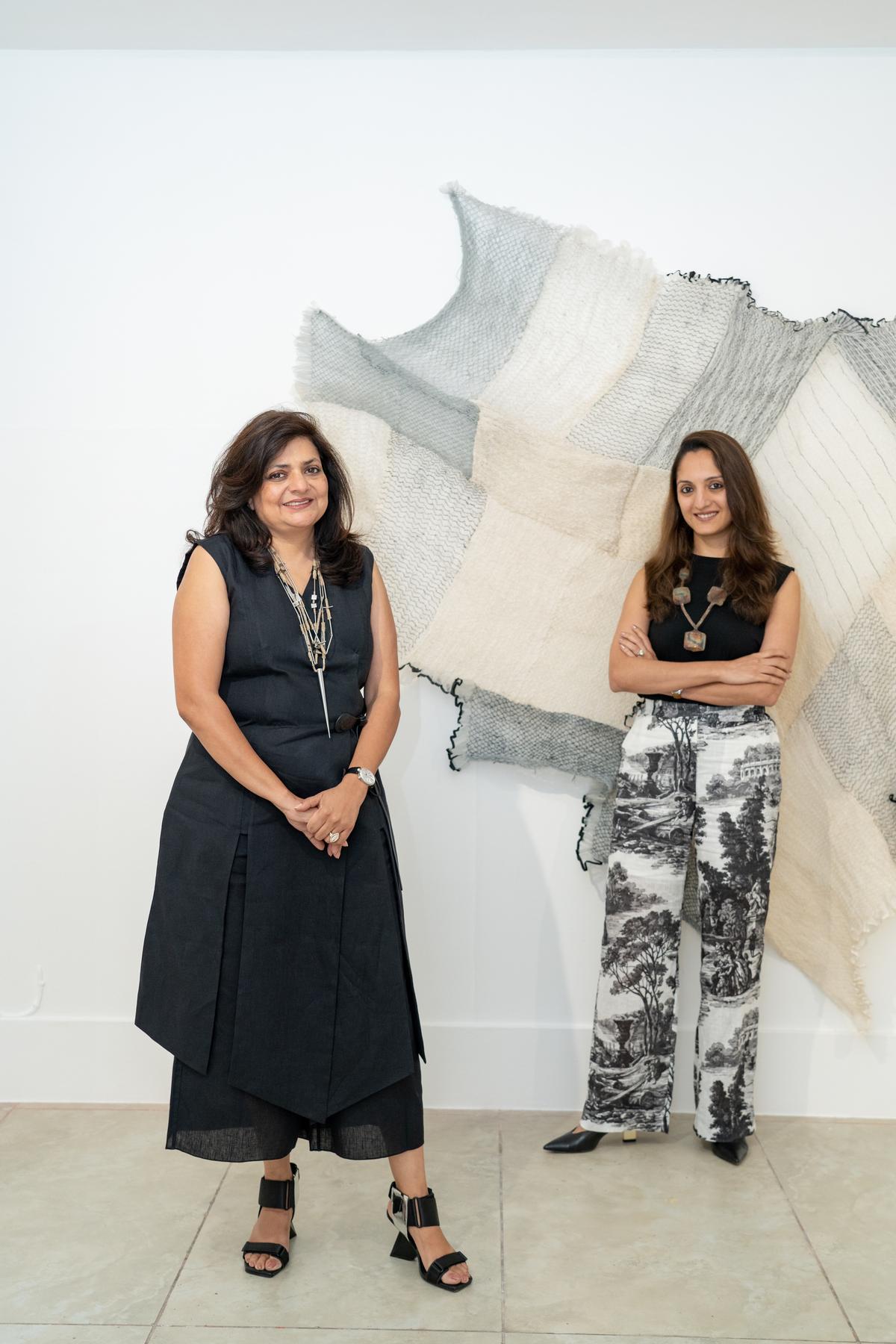
Anahita Taneja (right) and Shefali Somani
An intergenerational approach
“Many late-career artists were pioneers. By revisiting their practices, we acknowledge their contributions,” says Isheta Salgaocar, advisor and patron of Sunaparanta Goa Centre for the Arts. “For instance, the Cholamandal Artist Village is a seminal part of our modern art history, and we recognise the importance of such collectives in shaping alternative art discourses.”
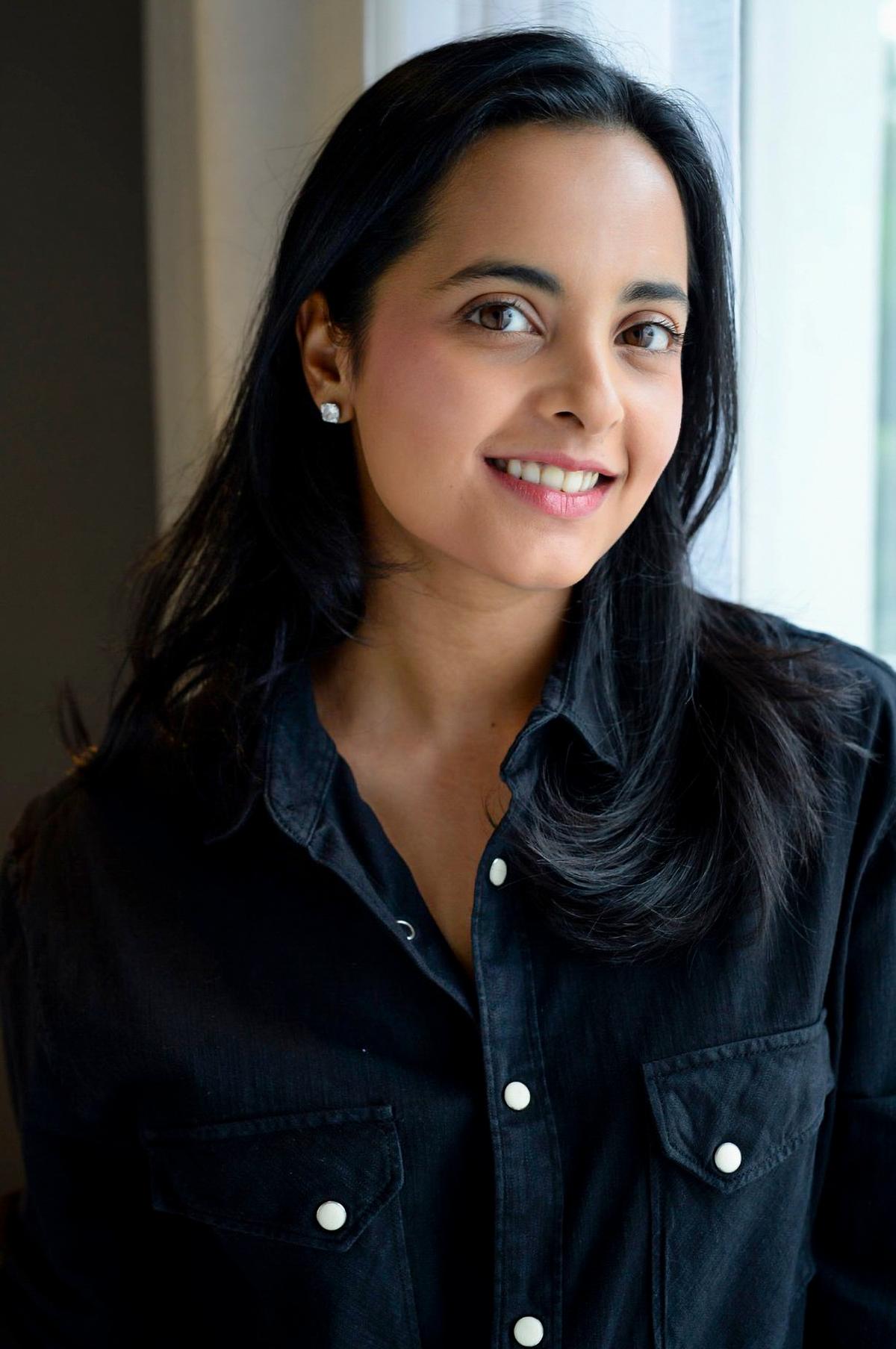
Isheta Salgaocar
Some galleries, such as Bengaluru-based Museum for Art and Photography (MAP), are taking an intergenerational approach. “Our curatorial approach is to connect historical practices with the present,” says founder Abhishek Poddar. MAP showcased the work of Meera Mukherjee and Jaidev Baghel, two significant figures of India’s modern art history, complementing it with a photo essay by contemporary photographer Jaisingh Nageswaran. “This created an added layer for audiences to connect with one or the other,” says Poddar.
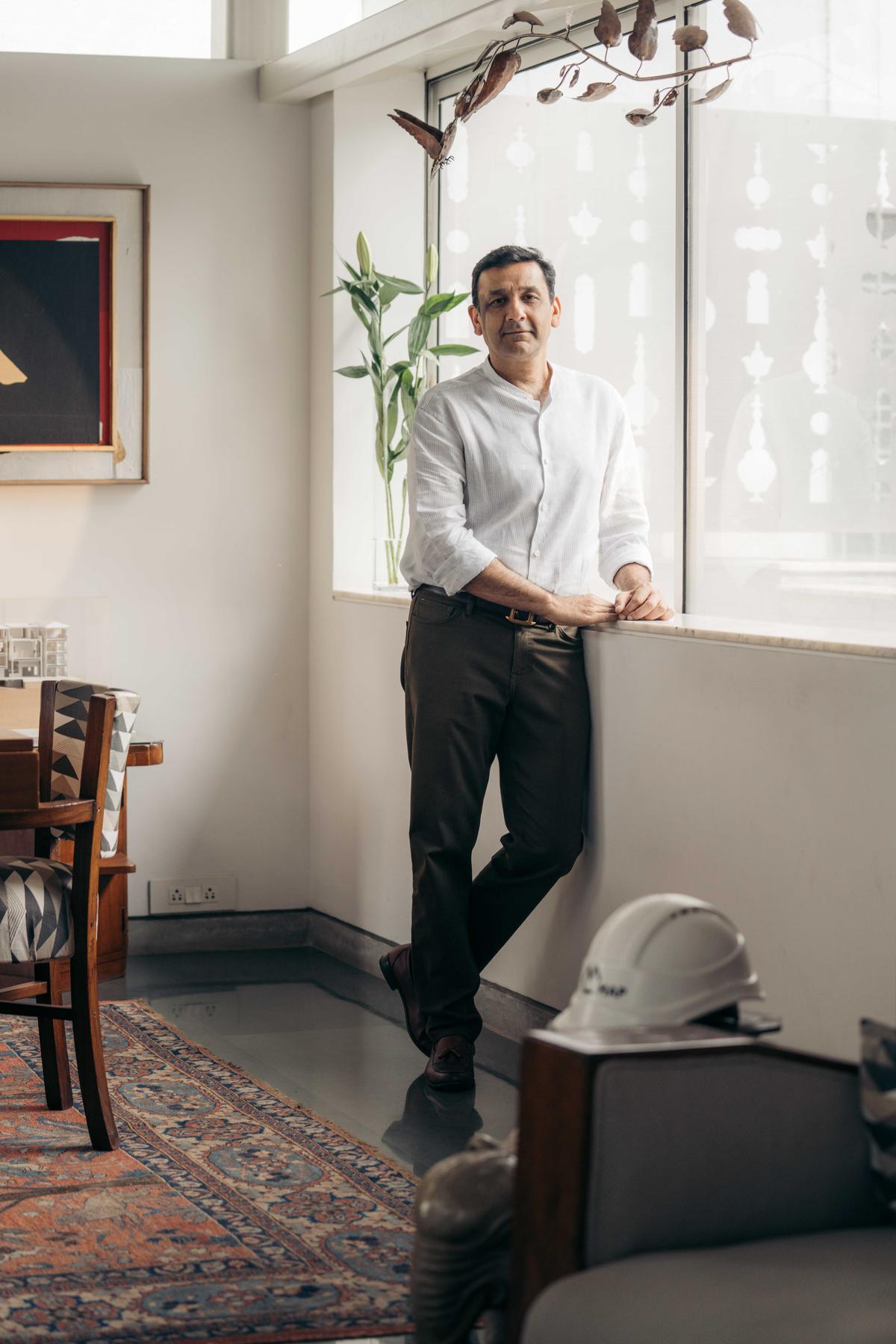
Abhishek Poddar
| Photo Credit:
Prarthana Shetty
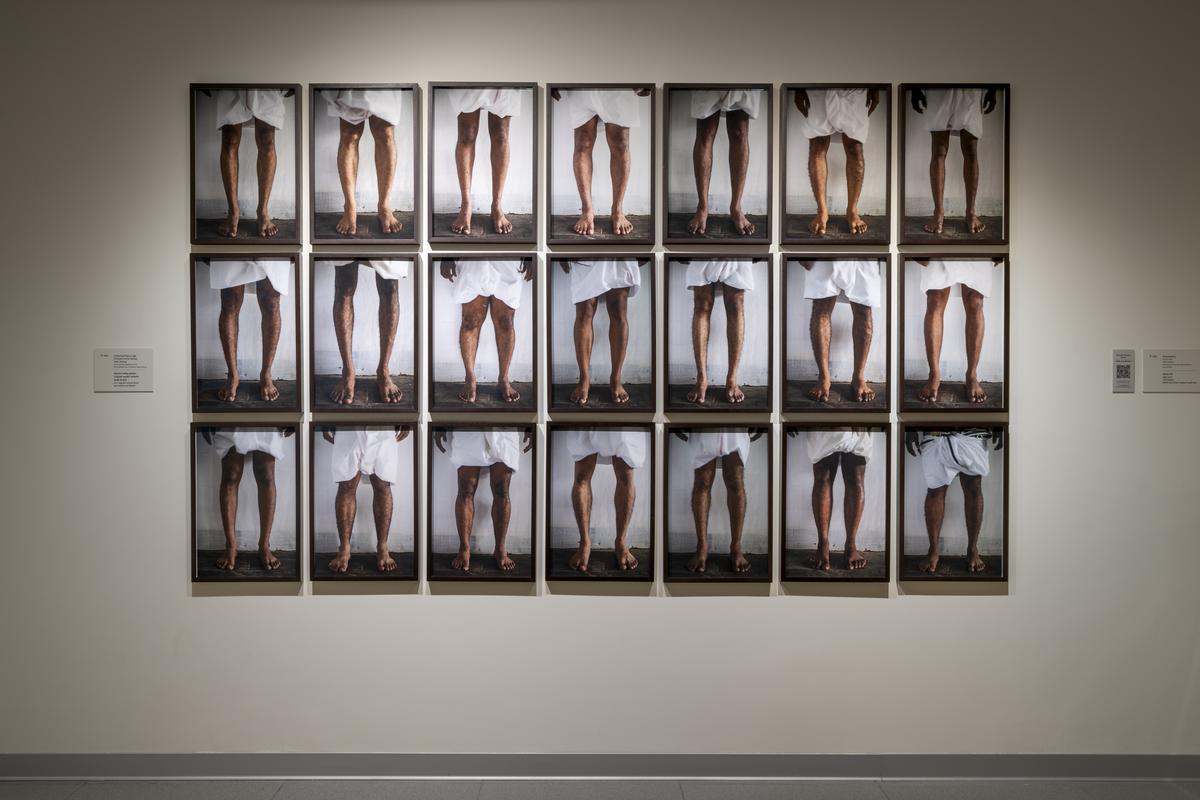
Krishna Reddy’s prints on view at MAP’s exhibition ‘Rhyme Unbroken’
| Photo Credit:
Philippe Calia
New Delhi-based Exhibit 320, known for supporting emerging and mid-career voices, creates space for senior artists whose practices offer depth and continuity. “We have shown the works of Gopi Gajwani, and recently showcased the art of Devraj Dakoji to build on the intergenerational dialogue,” says Rasika Kajaria, founder of the gallery.
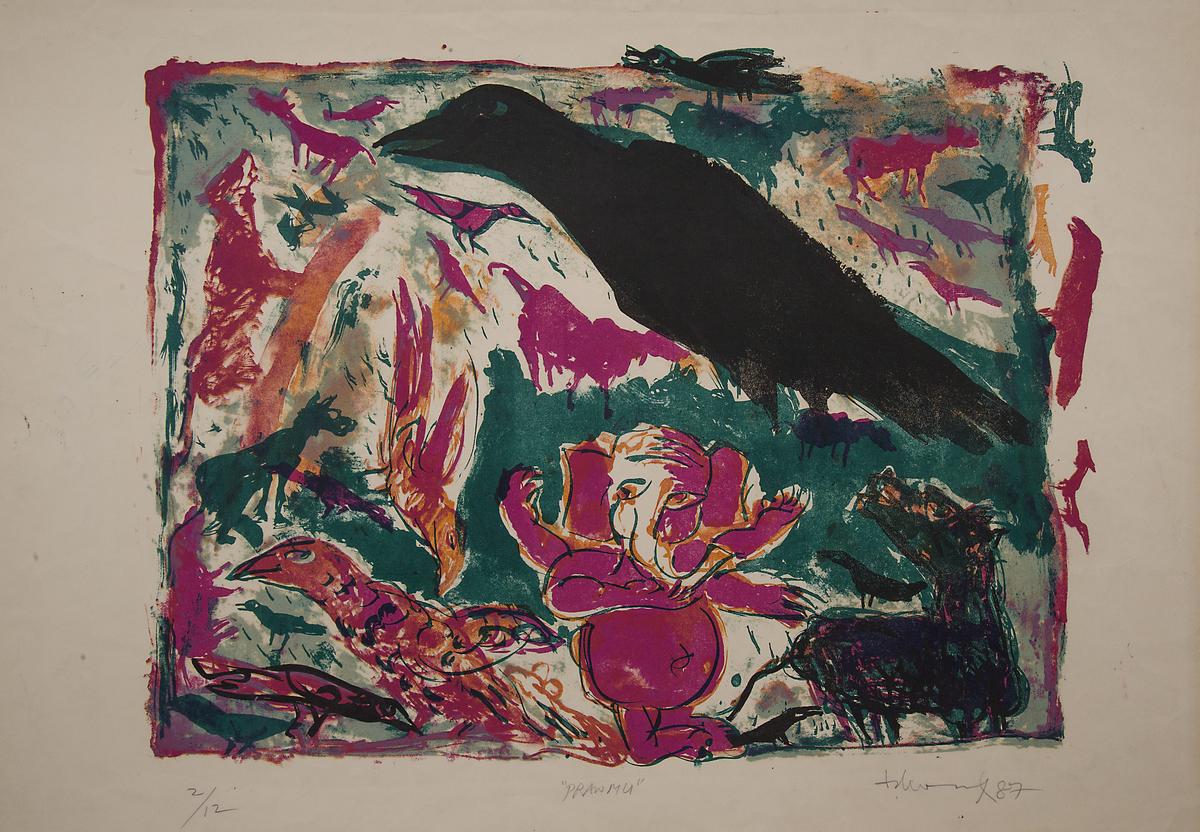
Devraj Dakoji;s Pranamu (1987) at Exhibit 320
Rasika Kajaria
Latitude 28, New Delhi, exhibits work of senior practitioners alongside younger artists to trace interconnections in the evolution of artistic languages. They also hold solo shows, like that of Jyoti Bhatt. “He has been a defining element in art historical narratives and continues to influence the artistic and cultural milieu,” says Bhavna Kakar, founder of the gallery.
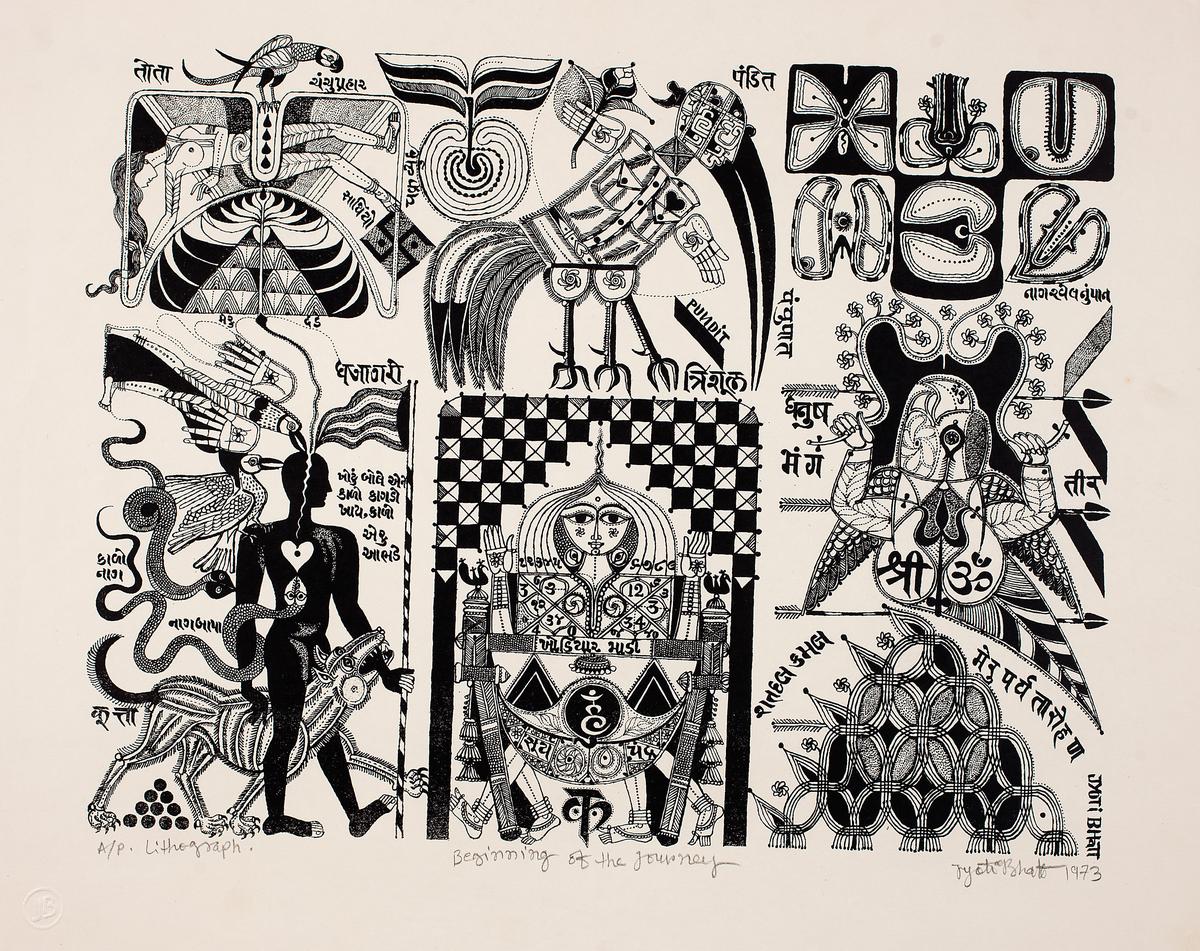
Jyoti Bhatt’s Beginning of the Journey at Latitude 28
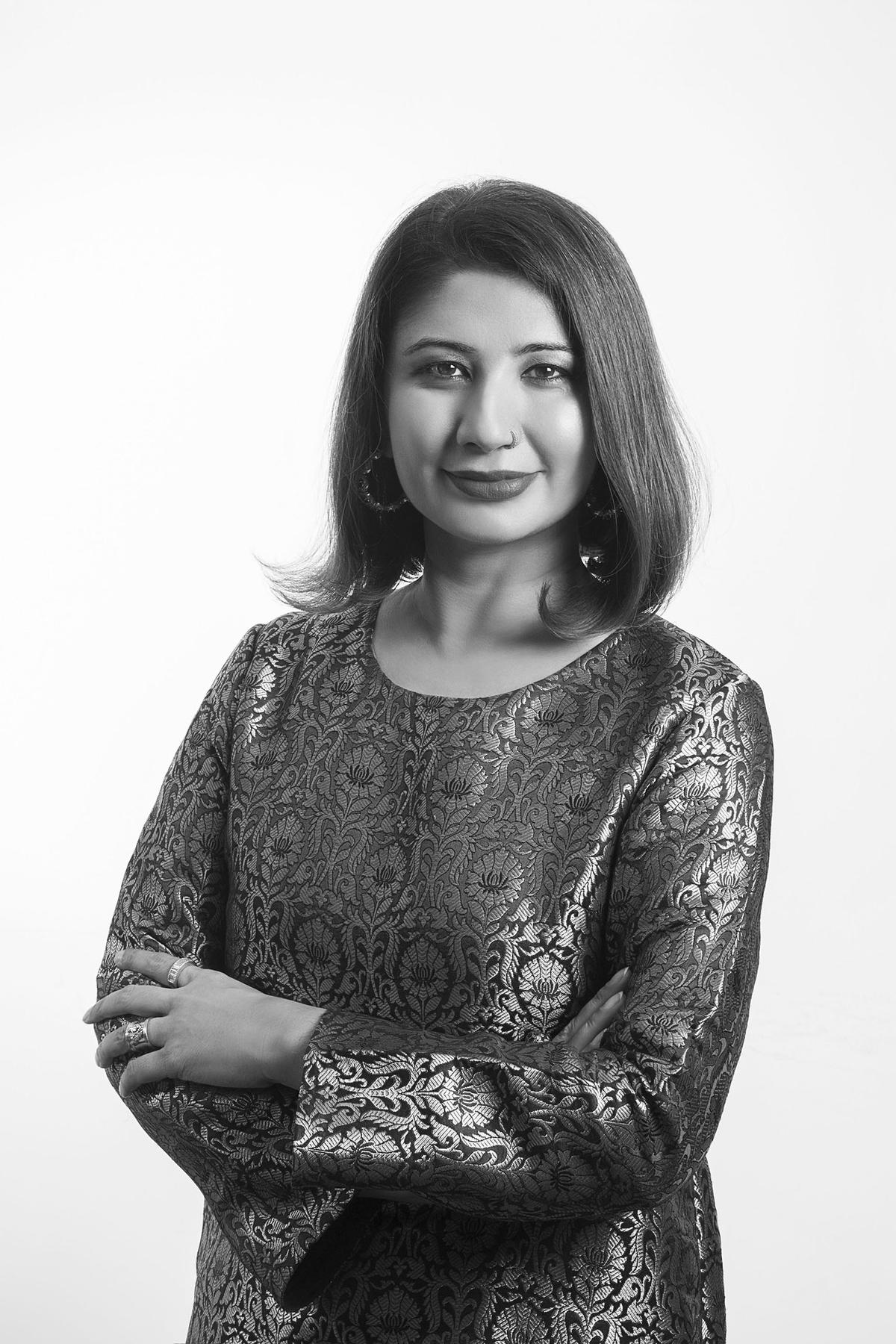
Bhavna Kakar
Early supporters
The Kiran Nadar Museum of Art (KNMA), New Delhi, is committed to showcasing diverse voices and perspectives in its exhibitions. “We were among the first to present retrospective exhibitions of artists such as Himmat Shah, Jeram Patel, Rameshwar Broota, and Arpita Singh. Their artistic practices have been under-represented in the larger artistic discourse,” says Roobina Karode, director and chief curator, KNMA. Many of these voices illuminate seminal moments that have shaped subsequent creative practices. For instance, Patel used a blowtorch to burn wood in his art works, while Shah explored ideas and concepts through terracotta sculptures.
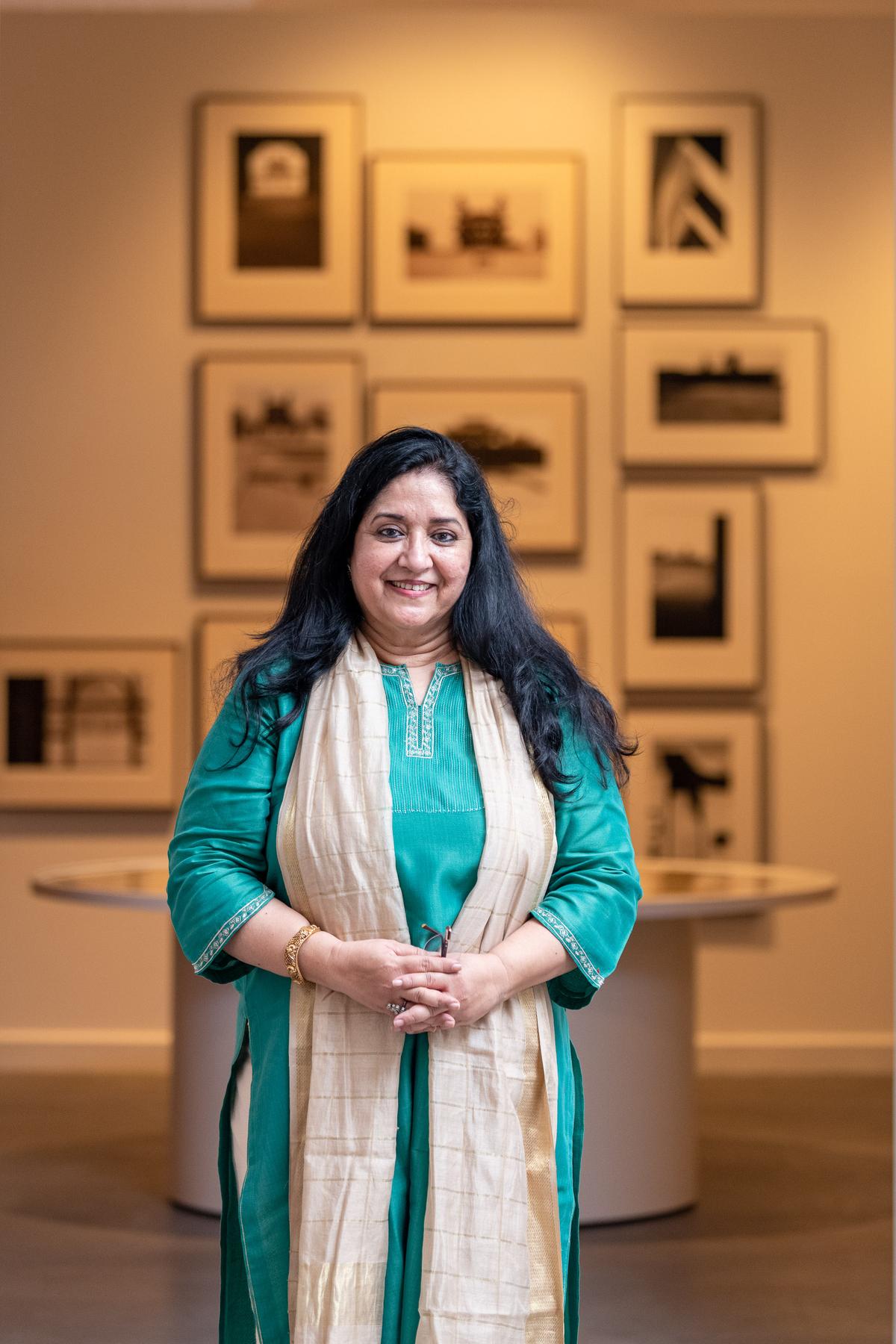
Roobina Karode
| Photo Credit:
Mohammed Roshan
Nature Morte in New Delhi has been identified with young and emerging artists since its inception in 1997. “But, from 1997-2003, we included works of F.N. Souza, Bhupen Khakhar, Himmat Shah, Zarina Hashmi, Krishna Reddy, and Nasreen Mohammedi in group shows. We started working with Mona Rai and Mrinalini Mukherjee in 2004,” says Peter Nagy, co-founder of the gallery.
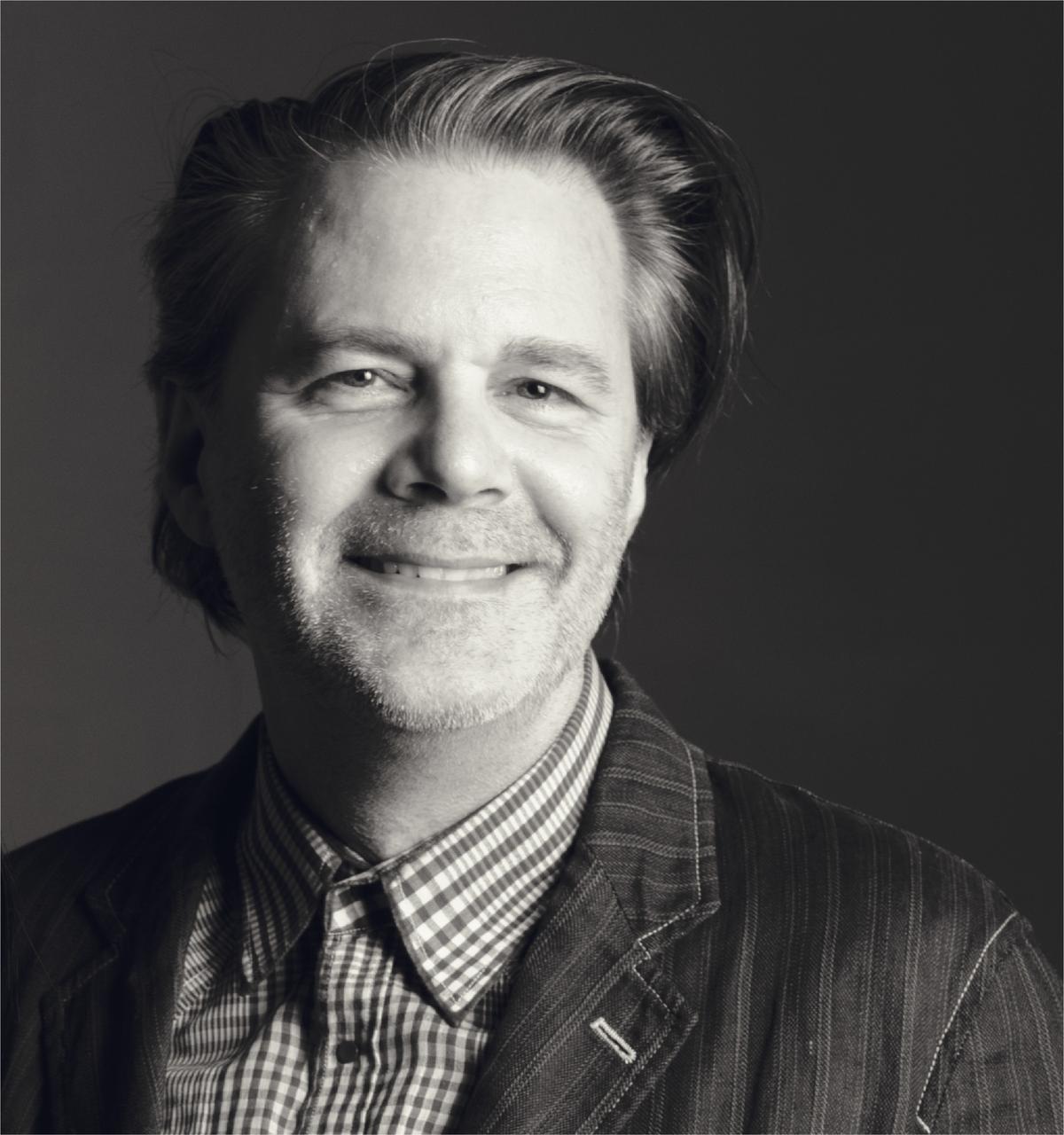
Peter Nagy
Continued relevance in current times
Poddar says they exhibit works, which serve as entry points into larger conversations about identity, society, and change. “Even when artists explore themes rooted in the past, the questions they raise remain relevant today,” he shares. Practices like those of Haku Shah deal with the timeless questions of life, such as love, and humanity. “His works are rooted, deep, and honest, and will always be relevant,” says Dhwani Gudka, co-founder, Subcontinent.
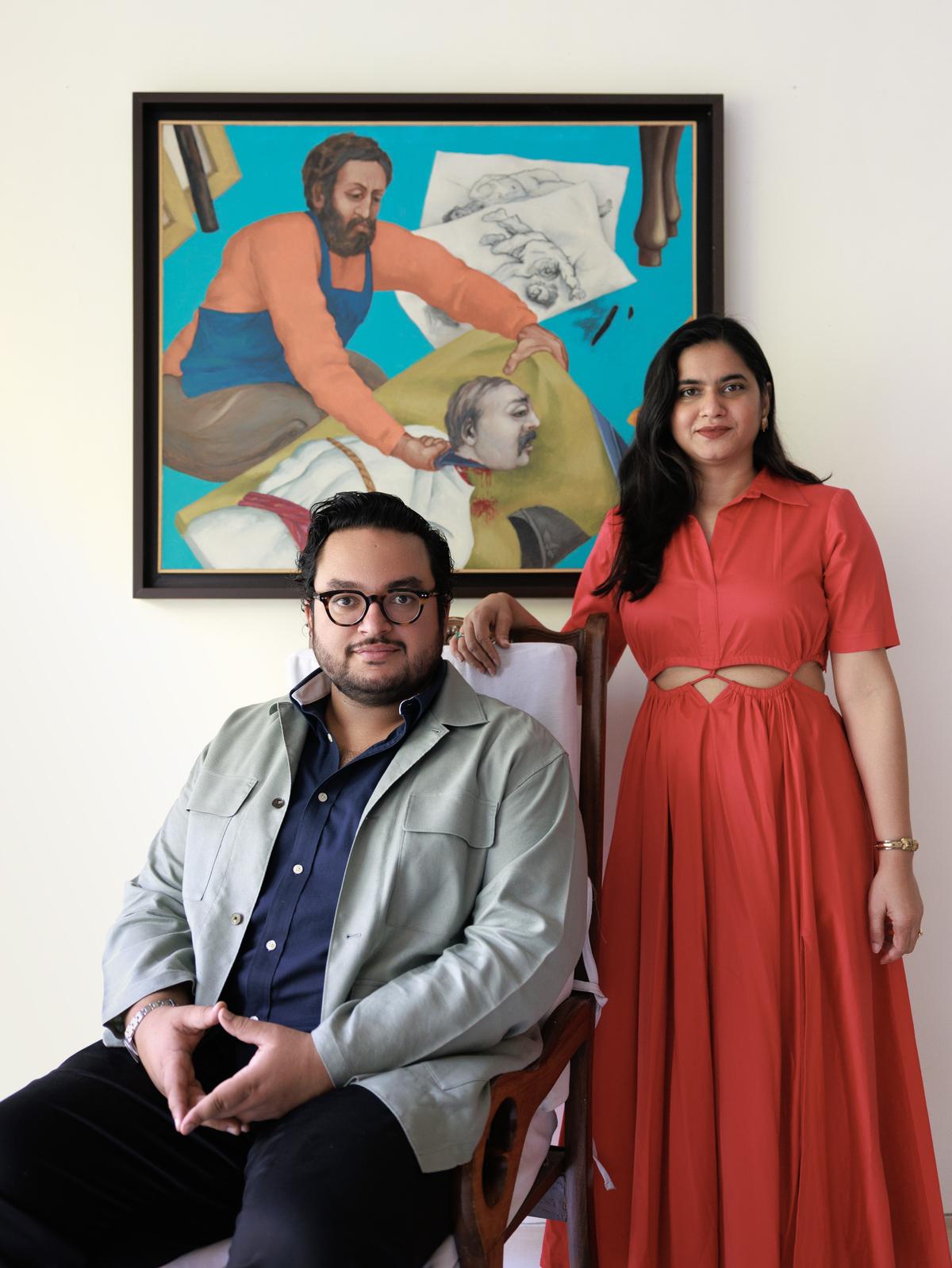
Dhwani Gudka (right) and Keshav Mahendru
| Photo Credit:
Sarang Gupta
Nagy says that Manu Parekh’s recent solo show was inspired by sacred rituals, primarily Hindu, which take place even today. Parekh gained prominence in 2022 through a collaboration with the House of Dior. A series of 22 artworks, featuring imagery from paintings by Manu and his wife Madhvi, served as a floor-to-ceiling backdrop for Dior’s spring/summer runway show at Paris Haute Couture Week.
Manu Parekh’s Chanting for Shiv Shakti in Temple at Nature Morte
These artistic practices are not relics of history, but persistent within our contemporary social and cultural fabric, adds Salgaocar. “Such works invite reflection on how the past continues to inform our current social and political realities,” she says.
Easy entry points
To explain the recent interest in senior artists, some art experts point to the growing fatigue with the approaches of contemporary and younger artists, where the focus is on making their work concept-laden. Senior artists also have a huge inventory to offer because a lot of work has not been in circulation. Price points for their works range from ₹1 lakh to ₹5 lakh for smaller paper works or editions, to ₹50 lakh for mid-sized paintings. Some of the more significant and larger-scale works, such as that of Manu Parekh, could be priced at over ₹1 crore.
Similarly, Dakoji’s practice offers a lens through which to view the past as a living, breathing influence on the present. Kajaria feels that his works explore memory and migration, which remain relevant today. “Dakoji’s practice is rooted in history yet alive with inquiry that complements the experimental spirit we value,” says Kajaria.
The culture writer is based in Delhi.
Published – June 05, 2025 01:50 pm IST

